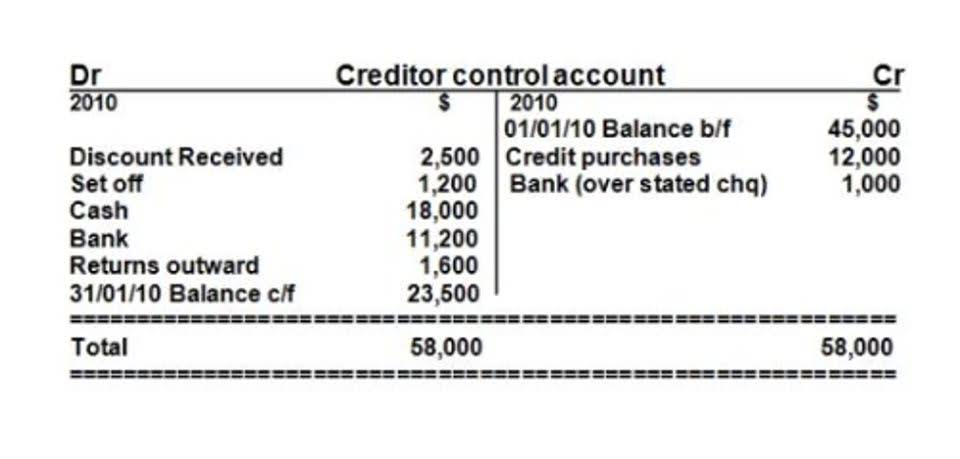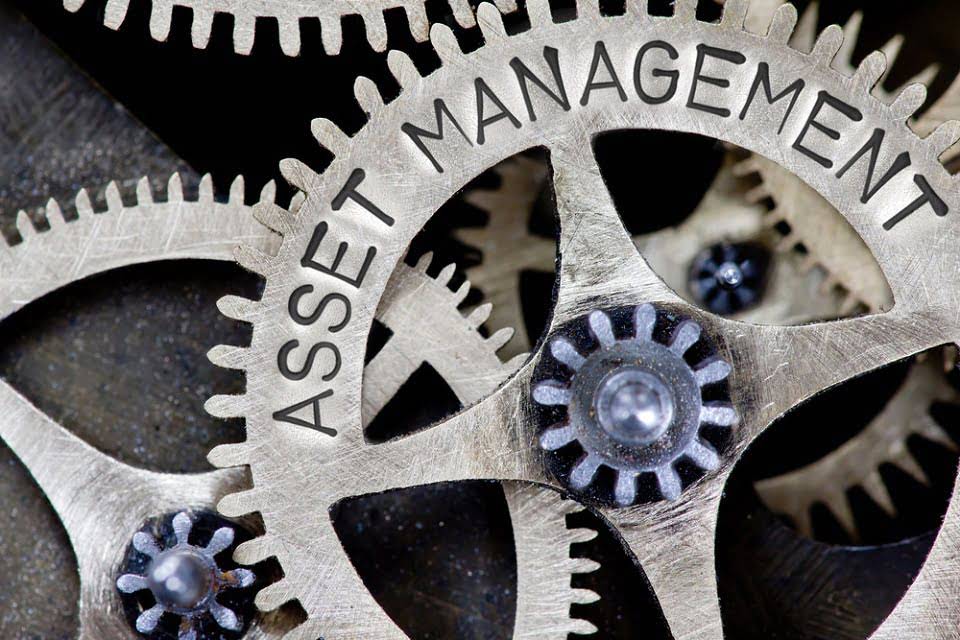
An accrued revenue is the revenue that has been earned (goods or services have been delivered), while the cash has neither been received nor recorded. The revenue is recognized through an accrued revenue account and a receivable account. When the cash is received at a later time, an adjusting journal entry is made to record the cash receipt for the receivable account. An adjusting journal entry is usually made at the end of an accounting period to recognize an income or expense in the period that it is incurred. It is a result of accrual accounting and follows the matching and revenue recognition principles. When we post this adjusting journal entry, you can see the ending inventory balance matches the physical inventory count and cost of good sold has been increased.
There are also many non-cash items in accrual accounting for which the value cannot be precisely determined by the cash earned or paid, and estimates need to be made. The entries for these estimates are also adjusting entries, i.e., impairment of non-current assets, depreciation expense and allowance for doubtful accounts. A perpetual inventory system keeps continual track of your inventory balances. Not to mention, purchases and returns are immediately recorded in your inventory accounts.
Nonetheless, you may find a need for some of the following entries from time to time, to be created as manual journal entries in the accounting system. Combined, these two adjusting entries update the inventory account’s balance and, until closing entries are made, leave income summary with a balance that reflects the increase or decrease in inventory. The second adjusting entry debits inventory and credits income summary for the value of inventory at the end of the accounting period.
AccountingTools
The unadjusted trial balance for inventory represents last period’s ending balance and includes nothing from the current period. We have not record any cost of goods sold during the period either. We will use the physical inventory count as our ending inventory balance and use this to calculate the amount of the adjustment needed. Under the perpetual inventory method, we compare the physical inventory count value to the unadjusted trial balance amount for inventory. If there is a difference (there almost always is for a variety of reasons including theft, damage, waste, or error), an adjusting entry must be made.
- Under the periodic inventory method, we do not record any purchase or sales transactions directly into the inventory account.
- To show that raw materials have moved to the work-in-process phase, debit your Work-in-process Inventory account to increase it, and decrease your Raw Materials Inventory account with a credit.
- It just depends on how you want to capture the data for your own internal and external reporting purposes.
- If you sell products at your business, you likely have some form of inventory.
- He is the sole author of all the materials on AccountingCoach.com.
- Similar to an accrual or deferral entry, an adjusting journal entry also consists of an income statement account, which can be a revenue or expense, and a balance sheet account, which can be an asset or liability.
If the physical inventory is less than the unadjusted trial balance inventory amount, we call this an inventory shortage. Additionally, periodic reporting and the matching principle necessitate the preparation of adjusting entries. Remember, the matching principle indicates that expenses have to be matched with revenues as long as it is reasonable to do so. To follow this principle, adjusting entries are journal entries made at the end of an accounting period or at any time financial statements are to be prepared to bring about a proper matching of revenues and expenses. For a merchandising company, Merchandise Inventory falls under the prepaid expense category since we purchase inventory in advance of using (selling) it. We record it as an asset (merchandise inventory) and record an expense (cost of goods sold) as it is used.
Now we will look how the remaining steps are used in a merchandising company. Those wonderful adjusting entries we learned in previous sections still apply. On the other hand, periodic inventory relies on a physical inventory count to determine cost of goods sold and end inventory amounts. With periodic inventory, you update your accounts at the end of your accounting https://www.bookkeeping-reviews.com/these-4-measures-indicate-that-xero/ period (e.g., monthly, quarterly, etc.). When using the periodic method, balance in the inventory account can be changed to the ending inventory’s cost by recording an adjusting entry. If you are operating a production facility, then the warehouse staff will pick raw materials from stock and shift it to the production floor, possibly by job number.
Record Finished Goods
If you sell products at your business, you likely have some form of inventory. Knowing how much inventory you have on hand, as well as how much you need to trial balance example format how to prepare template definition have in stock, is a crucial part of running your business. To help keep track of inventory, you need to learn how to record inventory journal entries.

When expenses are prepaid, a debit asset account is created together with the cash payment. The adjusting entry is made when the goods or services are actually consumed, which recognizes the expense and the consumption of the asset. Generally, adjusting journal entries are made for accruals and deferrals, as well as estimates. Sometimes, they are also used to correct accounting mistakes or adjust the estimates that were previously made.
When the goods or services are actually delivered at a later time, the revenue is recognized and the liability account can be removed. To show that raw materials have moved to the work-in-process phase, debit your Work-in-process Inventory account to increase it, and decrease your Raw Materials Inventory account with a credit. Now, let’s say you bought $500 in raw materials on credit to create your product. Debit your Raw Materials Inventory account to show an increase in inventory.
However, in practice, revenues might be earned in one period, and the corresponding costs are expensed in another period. Also, cash might not be paid or earned in the same period as the expenses or incomes are incurred. To deal with the mismatches between cash and transactions, deferred or accrued accounts are created to record the cash payments or actual transactions. In accrual accounting, revenues and the corresponding costs should be reported in the same accounting period according to the matching principle. The revenue recognition principle also determines that revenues and expenses must be recorded in the period when they are actually incurred.
Inventory loss can occur if an item or product gets damaged, expires, or is stolen. Before we dive into accounting for inventory, let’s briefly recap what inventory is and how it works. In contrast to accruals, deferrals are cash prepayments that are made prior to the actual consumption or sale of goods and services. Included in cost of goods sold for the years ended June 30, 2019, and 2018, are inventory write-offs of $0 and $692,000, respectively.
Adjusting Journal Entry
The current year’s purchases are recorded in one or more temporary accounts entitled Purchases. At the end of the accounting year, the beginning balance in the account Inventory must be changed so that it reports the cost (or perhaps lower than the cost) of the ending inventory. An interesting point about inventory journal entries is that they are rarely intended to be reversing entries (that is, which automatically reverse themselves in the next accounting period). There is also a separate entry for the sale transaction, in which you record a sale and an offsetting increase in accounts receivable or cash. A sale transaction should be recognized in the same reporting period as the related cost of goods sold transaction, so that the full extent of a sale transaction is recognized at once.
Move Raw Materials to Work in Process
After you receive the raw materials, you will eventually use them to create your product. Depending on your transactions and books, your accounts may look or be called something different. Inventory can be expensive, especially if your business is prone to inventory loss, or inventory shrinkage.
The unadjusted trial balance amount for inventory represents the ending inventory from last period. In our first adjusting entry, we will close the purchase related accounts into inventory to reflect the inventory transactions for this period. Remember, to close means to make the balance zero and we do this by entering an entry opposite from the balance in the trial balance. On the rare occasion when the physical inventory count is more than the unadjusted inventory balance, we increase (debit) inventory and decrease (credit) cost of goods sold for the difference. We learned how the accounting cycle applies to a service company but guess what? We spent the last section discussing the journal entries for sales and purchase transactions.
That concludes the journal entries for the basic transfer of inventory into the manufacturing process and out to the customer as a sale. There are also two special situations that arise periodically, which are adjustments for obsolete inventory and for the lower of cost or market rule. It identifies the part of accounts receivable that the company does not expect to be able to collect. It is a contra asset account that reduces the value of the receivables. When it is definite that a certain amount cannot be collected, the previously recorded allowance for the doubtful account is removed, and a bad debt expense is recognized. Take a look at the inventory journal entries you need to make when manufacturing a product using the inventory you purchased.














